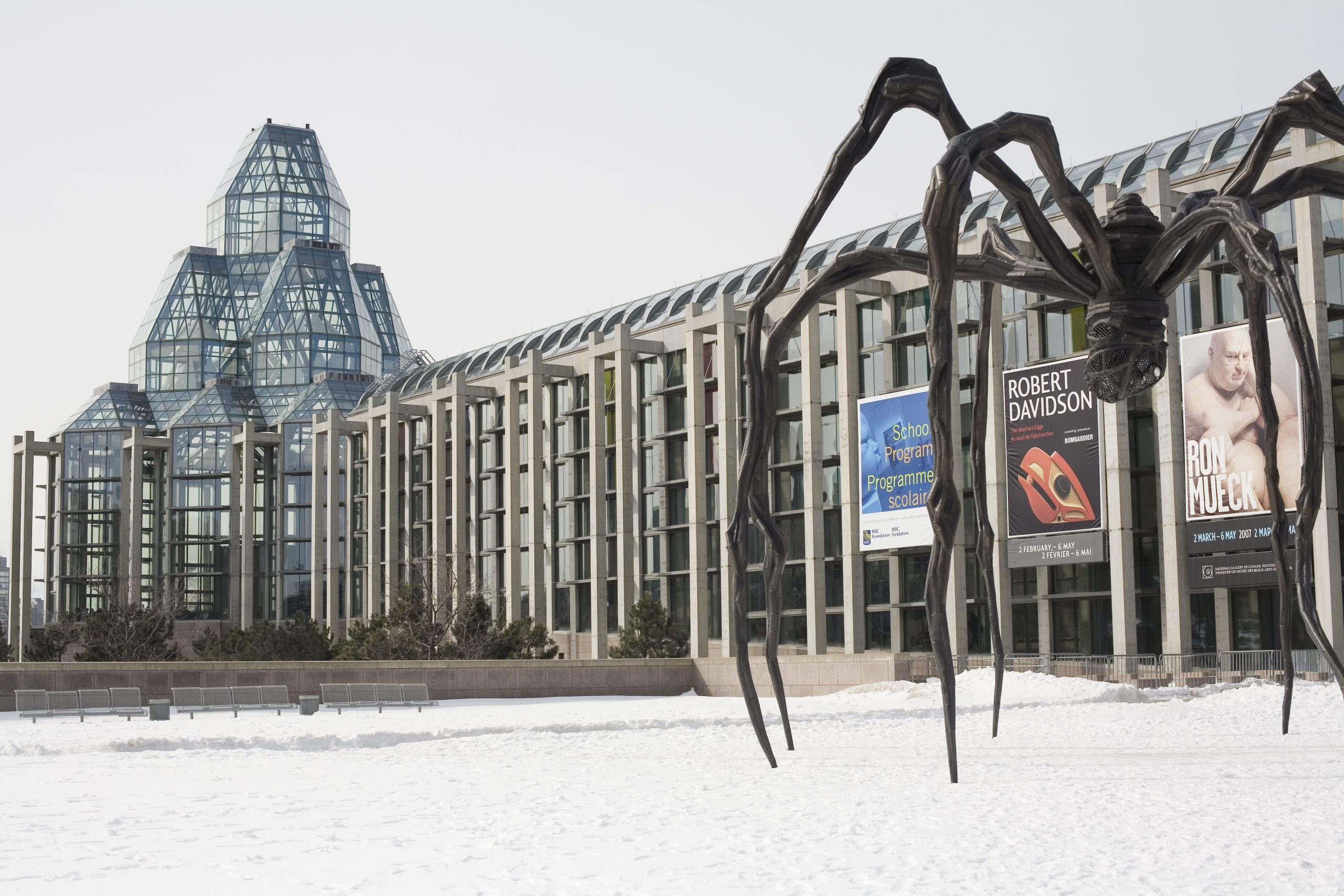
The National Gallery of Canada is at risk of fading into “cultural irrelevance.” That’s the bleak assessment seven former senior staff members made in a letter to the Minister of Canadian Heritage.
The letter, which was shared with the media on November 25, is the latest flashpoint in a furious debate over the future of Canada’s national art museum. On one side is the gallery’s board which has overseen a series of layoffs in recent years—a restructuring effort it claims is essential for realizing a new strategic plan. On the other are former employees who allege the cumulative impact of senior dismissals have created instability and could render the museum directionless.
“The lack of attention being paid to the institution’s national role in sharing its collection through touring exhibitions, publications, and the web, [and] the risk of the National Gallery of Canada’s irrelevance to national culture is high,” the letter, whose signatories include retired curators and collection managers, stated.
The letter’s impetus appears to be the recent dismissal of four senior staff members: Kitty Scott, Chief Curator; Stephen Gritt, Director of Conservation and Technical Research; Denise Siele, Senior Manager of Communications; Greg Hill, Senior Curator of Indigenous Art. The letter also cites the release of 10 other managers during the three-year directorship of Sasha Suda, who left to join the Philadelphia Museum of Art in July.
While many of the dismissals, rightly or wrongly, fit a pattern of the Ottawa-based institution abruptly changing its workforce with scant clarification, Hill offered his understanding of the decision in a sharply worded statement on Instagram. “I’m being fired because I don’t agree with and am deeply disturbed by the colonial and anti-Indigenous ways the Department of Indigenous Ways and Decolonization is being run,” he posted.
Hill, who had worked at the gallery for 22 years and stands as a leading figure dedicated to platforming Canadian indigenous arts, claimed to have come into conflict with museum leadership over its understanding of decolonization and the position of the Indigenous Art department. Earlier in the year, he suggested incorporating the VP of Indigenous Ways and Decolonization into the Indigenous Art department, a proposition that met with resistance. The gallery’s claims of restructuring, Hill said, are illogical when it comes to the Indigenous Art department, given it has long been underfunded and understaffed.
The letter asks the government to appoint a director with experience leading a major art institution—though the gallery is a state-owned enterprise, or Crown corporation, it operates somewhat autonomously from the government.
The former staffers are concerned about what they identify as a hollowing out of specialist knowledge at the gallery, citing vacancies in key curatorial areas, such as contemporary art, Canadian prints and drawings, and historical European and American art.
“It is time to shift the focus from restructuring to rebuilding from the ground up,” the letter said, “nurturing existing knowledge and the expertise of specialists who can mentor the next generation of museum professionals”.
Neither Hill nor the National Gallery of Canada responded to requests for comment.
More Trending Stories: